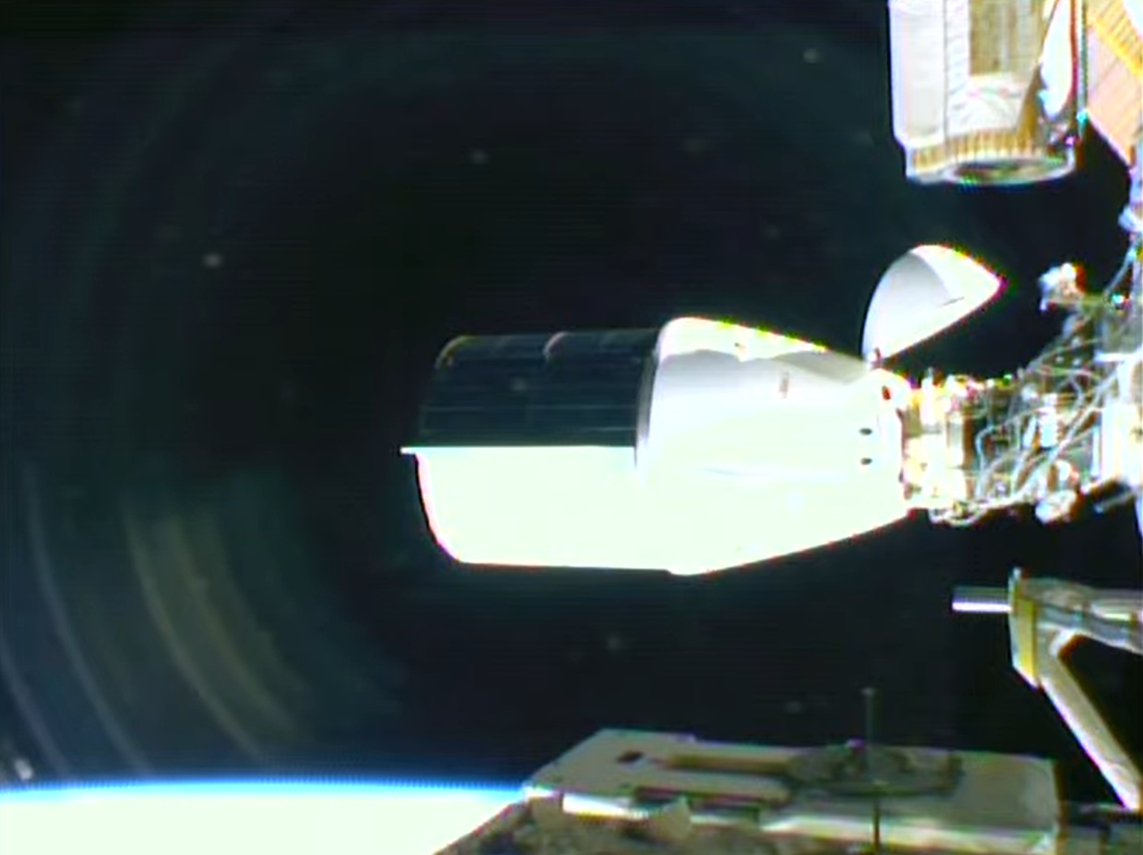Dragon Spacecraft Boosts Station for First Time

NASA and SpaceX monitored operations as the company’s Dragon spacecraft performed its first demonstration of reboost capabilities for the International Space Station at 12:50 p.m. EST on Friday. The spacecraft’s Draco thrusters adjusted the station’s orbit through a reboost of altitude by 7/100 of a mile at apogee and 7/10 of a mile at perigee, lasting approximately 12 minutes and 30 seconds.
By testing the spacecraft’s ability to provide reboost and, eventually, attitude control, NASA’s International Space Station Program will have multiple spacecraft available to provide these capabilities for the orbital complex.
Currently, the Roscosmos Progress spacecraft and the Northrop Grumman Cygnus spacecraft also provide reboost for the space station.
The SpaceX Dragon spacecraft recently delivered more than 6,000 pounds of supplies to the orbiting laboratory. The resupply mission lifted off Nov. 4 on the company’s Falcon 9 rocket from Launch Complex 39A at NASA’s Kennedy Space Center in Florida and arrived at the space station on Nov. 5. This launch was the 31st SpaceX commercial resupply services mission for the agency.
For more than two decades, the International Space Station has served as a critical testbed for NASA to understand and overcome the challenges of long-duration spaceflight and to expand commercial opportunities in low Earth orbit. The space station is a springboard for developing a low Earth economy and NASA’s next great leaps in exploration, including missions to the Moon under Artemis and, ultimately, human exploration of Mars.
Learn more about station activities by following the space station blog, @space_station and @ISS_Research on X, as well as the ISS Facebook and ISS Instagram accounts.
Get weekly updates from NASA Johnson Space Center at: https://roundupreads.jsc.nasa.gov/
Get the latest from NASA delivered every week. Subscribe here: www.nasa.gov/subscribe



























